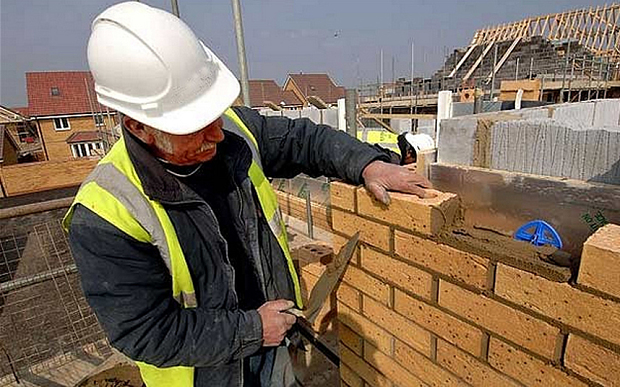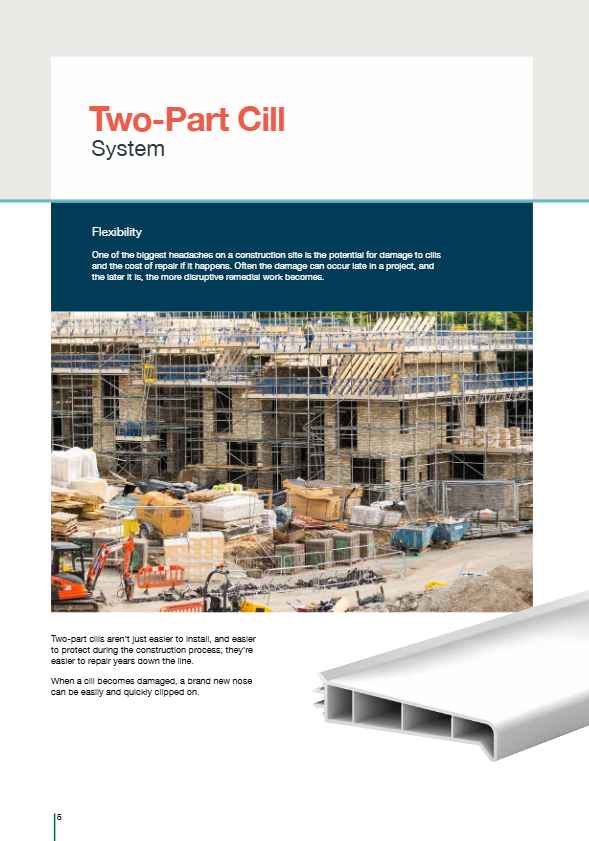After a year-long investigation, the Competition and Markets Authority (CMA)
has concluded that the planning system and under resourced planning departments
are the key barriers to housing delivery.
In its report, the CMA also concludes – in line with numerous previous
independent investigations - that land banking is a result of the complex
planning system, rather than a deliberate industry practice.
Amongst the report’s recommendations, the CMA calls for
councils to be required to adopt amenities provided as part of housing
developments. It also recommends mandating a single consumer code and New Homes
Ombudsman to offer greater protection for homeowners. The Home Builders
Federation (HBF) supports both of these recommendations.
HBF issued the following statement: “We wholeheartedly
support the recommendation that councils adopt and maintain the amenities
housebuilders deliver as part of the development, which is what residents pay
their council tax for.
“Home builders do not want to be long term managers of estates and make absolutely
no profit from the management companies that are required to be put in place.
“We welcome recognition that the quality of new build
homes has improved in recent years and fully support moves to protect consumers
with a single consumer code and New Homes Ombudsman, something the majority of
the industry has already signed up for voluntarily.
“We are committed to working with the CMA and
Government to introduce their recommendations and ensuring we can create an
environment within which we can deliver the homes the country needs.”

Richard
Beresford, Chief Executive of the National Federation of Builders (NFB), said:
“Planning should be enabling homes, better places and competition which
benefits not just Britain, but the British consumer. The CMA has correctly
identified that the UK planning system does the opposite.”
As
well as pouring cold water on many criticisms made towards housebuilders, the
CMA report disproved the landbanking myth, highlighted the need for better
resourcing of planning departments and total planning reform, plus a need to
support small and medium sized builders (SMEs).
Rico
Wojtulewicz, Head of Policy, and Market Insight for the NFB and House Builders
Association (HBA), said: “The CMA report has confirmed that a broken planning process is
the reason we have a lack of social housing, why big builders build too many of
our new homes and SMEs are shut out, that homes are in the wrong places and too
expensive, there are some issues with quality, and we don’t do placemaking.”
None
of this is new or uncontroversial but the UK needed this CMA report to keep
hammering home the reality that politicians of all colours are the reason we
have a housing and placemaking crisis. It’s time they stopped blaming builders
and instead, were held accountable for the mess they have caused and keep
causing.”
Brian Berry, Chief Executive of the
Federation of Master Builders (FMB) said the into the state of
housebuilding is right to highlight the planning system as a problem slowing
down delivery of new homes.
“Resources are desperately needed by planning authorities to help small
builders through the planning system,” he said. “The CMA findings are a step
forward, especially with an acknowledgement that SMEs are disproportionally
affected by the planning system. These findings will hopefully give the
Government renewed impetus to resolve these long-standing issues which the FMB
has been highlighting for many years.
“It is concerning, however, that the report does not provide enough nuance
in such a complex market. The report has a very broad definition of SMEs with
very little definition given to the range of house builders within the SME
market, such as micro developers, custom house builders and new entrants. There
are also few international comparisons and where they are included, the
findings are fairly tepid, with little realisation for the potential of areas
such as custom build, which could be an area of growth for UK builders. In
similar countries, such as Germany, they are much further ahead on custom build
properties accounting for a much higher percentage of overall housing delivery,
which means less reliance on a small group of major housing developers and more
diversity of design.”
The National Custom
and Self Build Association (NaCSBA) said the report is clear that the failure to deliver arises from a
speculative new build market that too often disregards the customer, combined
with an ineffective and uncertain planning system. These failures have seen,
“…the gap widen considerably between what the market will deliver and what
communities need”.
Peter Johns
commented: “NaCSBA’s input into the consultation process is clear with the
welcome statement within the report that, ‘under the speculative model of
housebuilding, housebuilders that build homes for private sale have an
incentive to match, but not exceed, the absorption rate. One way of addressing
this would be to encourage non-speculative housebuilding models including self-
or custom-build homes’.”
NaCSBA added that if the UK is to
build the homes that more people want to live in, then we need to do more to
allow every form of housing delivery to flourish. This includes the hidden and
untapped custom and self build market. A market that exists on scale in every
other major market economy.
Andrew Baddeley-Chappell, Policy
Director at NaCSBA, commented: “This report highlights the failure of our new
build market and the need for urgent change if we are to build the number and
type of homes that customers demand. The solutions are clear. We need to open
up the market by enabling more new build opportunities for more providers,
including custom and self build.”
“To do this the planning system
needs to enable more small- and medium-sized plots to come forward and the
unhealthy lack of variation and choice on large sites to be addressed. We cannot wait. If we are to see
significant change before the end of this decade then change must start now.”




















